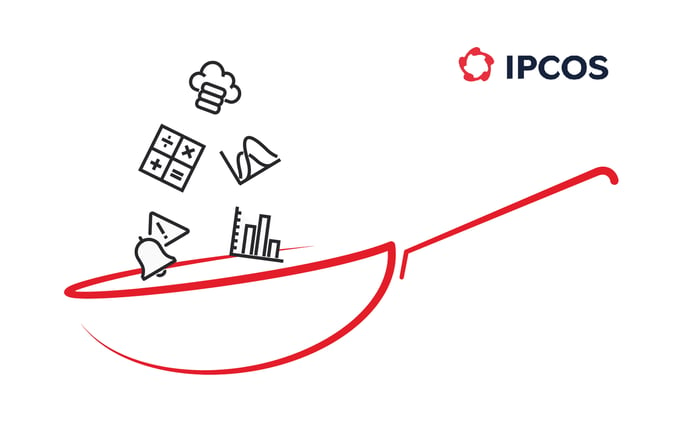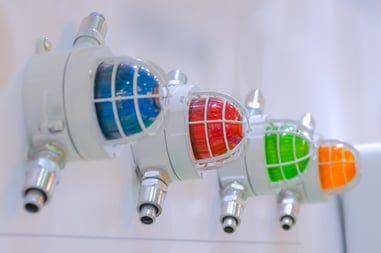Classroom training often gives vague and non-applicable examples while following a pre-cooked script. After a few hours of tutoring, participants are certified, but have they learned anything practical that will serve them in their daily life? What knowledge do they retain once the training is over? And are they able to convert this knowledge into an implementation of their own use-case a few months after the training?
The concept of hands-on cooking sessions
In 2021, IPCOS started working with live cooking sessions. They are usually under two hours each and aim to give participants concrete examples applicable to their existing projects. We listen to the customer’s use cases, outline what the users want to achieve, and then translate that into a working implementation of the tool they want to learn. In those sessions, IPCOS advises purely on best practices and guides the users to do the work. At the end of the sessions, the participants should understand how the tool works, its value, and how to apply it in their work environment.
Session ZERO – a 30-minute pre-meeting
We start by introducing the teams and gathering information. We ask many questions: What do we want to accomplish in this use-case? What do we expect from this set of cooking sessions? What data and information does the customer use? Where is it stored – Excel, SharePoint, database somewhere else? Who puts that data there? Is there a different source?
For example, a tool like Power BI would work best if it’s directly connected to the data source. But sometimes, in our experience, it’s not fully clear where the data comes from. “The data appears in this shared excel file at the end of the month,” we hear people say. We need to investigate to identify the proper sources and process owners. Session ZERO helps both teams understand where they want to go but mainly to figure out how to get there.
Session ONE – the design of the project
The first two-hour session is where we focus on the data and the solution design. For example, a business intelligence tool prefers to consume its data in a certain way, and in session ONE, we will start designing an efficient data model. Data integration comes into play if the company works with many different data sources from different systems. A company may have an SAP database, a traditional MES system and a third system for stock inventory. In the cooking session, we combine all these systems to track the lifecycle of individual pieces of equipment. That’s where the data integration and the data model come into focus.
Session TWO – implementation
The implementation phase is straightforward when we have selected the technology, identified the goals, and built the data model. This session will focus on getting the data into the technology and understanding how the tool works. We don’t aim to finish the entire implementation but rather focus together on one aspect at a time. The biggest part of the implementation happens by the users in between sessions. When people run into an issue and try to fix it themselves, they truly understand the technology and its features/limitations.
Of course, even in between these sessions, the trainers are only one call away.
Session THREE – advanced features and extensibility
This session focuses on fine adjustments. How can we make the design look better? Can we do some advanced calculations on top of it? How can we add functionality such as role-based security or commenting functionality? We understand that not every user gets as excited as we do to develop a script or look into JavaScript extensibility. We are happy to share our experience and also bring our ideas to the table.
A project done with these cooking sessions can typically be delivered in four to five sessions or approximately ten working hours. The sessions are two to three weeks apart, so it takes a few months.
The result of the live cooking sessions is a fully functional implementation of a new tool. The users have done the heavy lifting themselves and can take ownership of whatever new implementation was delivered inside their company. The best outcome for IPCOS from these sessions is that other teams within the same company often hear about the live sessions or even join one of them out of interest, having a particular project in mind and requesting the training as well. We see these cooking sessions snowball within a company once we start doing them.



